Table of Contents
Free electricity myth or reality
Since the discovery of magnetism, the idea of creating a perpetual motion machine using magnets has not left enthusiasts. Until now, it has not been possible to create a mechanism with an efficiency coefficient >1 that would not require an external energy source. In fact, the concept of perpetual motion in its modern form does not require violation of the postulates of physics. The main task of inventors is to get as close as possible to 100% efficiency. In other words, to ensure long-term operation at minimal cost.
Real prospects for creating a perpetual motion machine using magnets
For opponents of the theory of creating a perpetual motion machine, everything breaks down about the law of conservation of energy. They say it cannot be broken. Indeed, you cannot get energy from nothing. On the other hand, a magnetic field is not some kind of void. This is quite a matter, the density of which can reach 280 kJ/m³. It is this value that is the potential energy that a perpetual motion machine on permanent magnets can theoretically use. Although there are no ready-made samples in the public domain, numerous patents indicate the possibility of the existence of such generators. Let’s not forget about promising Soviet developments classified as “top secret.”
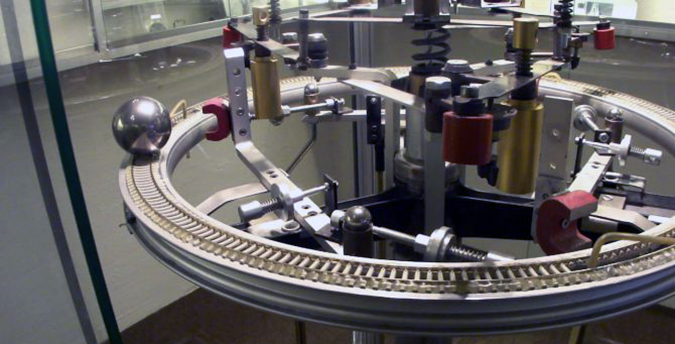
Norwegian artist Reidar Finsrud created his own version of a perpetual motion machine using magnets
Famous scientists contributed to the creation of such electric generators: Nikola Tesla, Kohei Minato, Vasily Shkondin, Howard Johnson and Nikolai Lazarev. For the sake of formality, we note: engines created with the help of magnets are “perpetual” only conditionally. In fact, the magnet loses its properties after 200-300 years, and along with it the generator will stop working.
The most famous analogues of perpetual motion magnets
You can try to create a perpetual motion machine using magnets with your own hands according to a scheme in which rotational motion is ensured by the interaction of magnetic fields. As you know, poles of the same name repel each other. It is this effect that underlies almost all such developments. Proper use of the energy of repulsion of like poles and attraction of unlike poles in a closed loop will ensure non-stop rotation of the installation without the application of external force.
Anti-gravity magnetic Lorentz motor
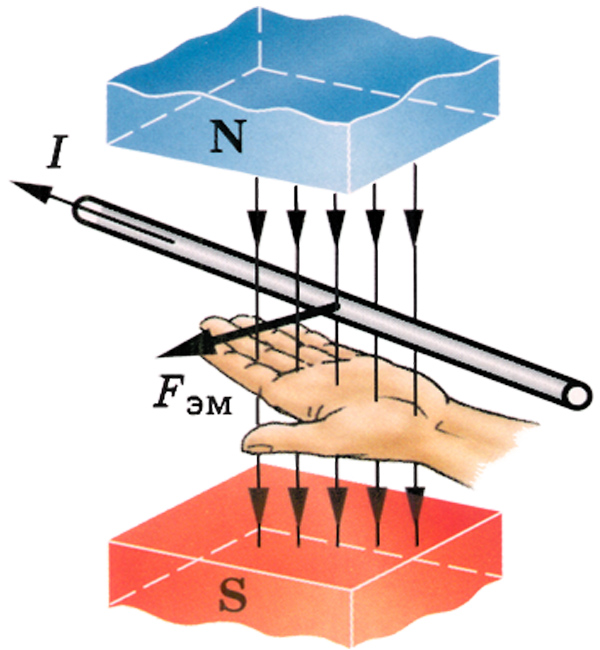
You can make a Lorenz engine yourself using simple materialsIf you want to assemble a perpetual motion machine using magnets with your own hands, pay attention to the developments of Hendrik Lorenz. Its anti-gravity magnetic engine is considered the simplest.Essentially, everything depends on the interaction of two disks with different charges. They are placed halfway into a hemispherical magnetic shield made of superconductor, which completely pushes out magnetic fields. Such a device is necessary to isolate the disk halves from the external magnetic field. The engine is started by forcing the disks to rotate towards each other. In fact, it turns out that the disks are a pair of half-turns with current, the open parts of which will be affected by Lorentz forces.
Nikola Tesla asynchronous magnetic motor
You’ve probably heard about Nikola Tesla – in recent years, his name has surfaced more than once or twice even in pop culture. The asynchronous perpetual motion machine he created on permanent magnets generates electricity due to a constantly rotating magnetic field. The design is quite complex and difficult to reproduce at home. This is understandable: Tesla was a genius, and geniuses often come up with something sophisticated.
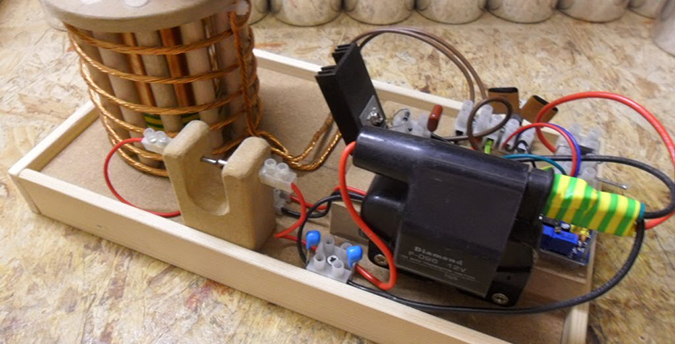
Nikola Tesla’s permanent magnet perpetual motion machine
“Testatika” by Paul Bauman
One of the most famous developments is Bauman’s “testatics”. In appearance, this miracle of engineering resembles a simple electrostatic machine with Leyden jars. If you are interested in the details: Testatik consists of a pair of acrylic disks onto which 36 narrow and thin strips of aluminum are glued. Fun fact: in the first experiments, ordinary music records were used as acrylic disks.
A still from a documentary: a 1000-watt lamp was connected to Testatika. On the left is inventor Paul Bauman (his hand)
It all works like this: the discs are pushed with your fingers in opposite directions, the engine starts and continues to operate at a stable disc rotation speed of 50-70 rpm. In the electrical circuit of Paul Bauman’s generator, it is possible to develop a voltage of up to 350 volts with a current of up to 30 Amperes. True, due to its low mechanical power, it is rather not a perpetual motion machine, but a magnet-based generator.
Sweet Floyd Vacuum Triode Amplifier
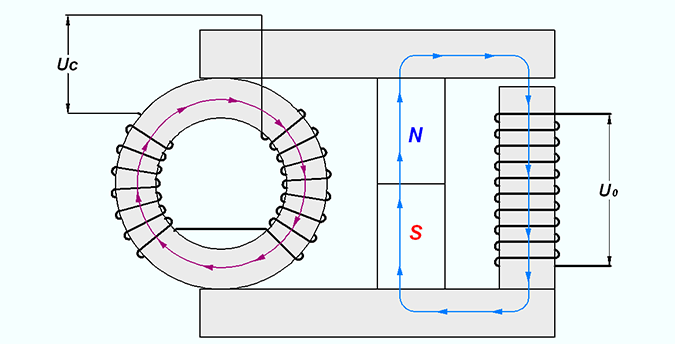
The complexity of Sweet Floyd’s invention is not even in the design, but in the manufacturing technology of the magnets. This motor is based on two ferrite magnets with dimensions of 10x15x2.5 cm, as well as coils without cores. Moreover, one of the coils is working with several hundred turns, and two more are exciting.To run the triode amplifier you will need a simple 9V pocket battery. After switching on, the device can work for a very long time, powering itself by analogy with a self-generator. According to Sweet Floyd, from a working installation it was possible to obtain an output voltage of 120 V with a frequency of 60 Hz, the power of which reached 1 kW.
Lazarev rotary ring
A very popular scheme is a perpetual motion machine using magnets based on Lazarev’s project. Conceptually, its rotary ring is closest to a perpetual motion machine. The importance of Lazarev’s development is that even without specialized knowledge and serious expenses, you can assemble a perpetual motion machine using neodymium magnets with your own hands. Such a device is a container separated by a porous partition (in Lazarev’s version it was a special ceramic disk). A tube is installed into the partition, and liquid is poured into the container. Ideally, use volatile compounds (for example, gasoline), but plain tap water will do.
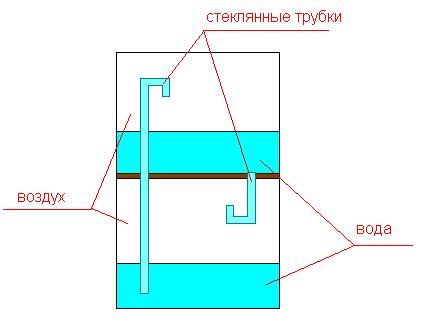
Scheme of Lazarev’s perpetual motion machineThe mechanism of operation of the Lazarev engine is very simple.
- The liquid is supplied through a partition down the container.
- Under pressure, the solution begins to rise through the tube.
- Under the resulting dropper, a wheel with blades is placed, on which magnets are installed.
- Under the force of falling drops, the wheel rotates, forming a constant magnetic field.
Based on this development, a self-rotating magnetic electric motor was successfully created. One domestic enterprise has patent rights.
Shkondin wheel motor
If you are looking for interesting options on how to make a perpetual motion machine from magnets, then pay attention to the development of Shkondin. The design of its linear motor can be described as a “wheel within a wheel”. This is a simple, but at the same time productive device. It is successfully used for bicycles, scooters and other vehicles. In fact, a pulse-inertial wheel motor is a combination of magnetic tracks, the parameters of which change with the switching of the electromagnet windings.
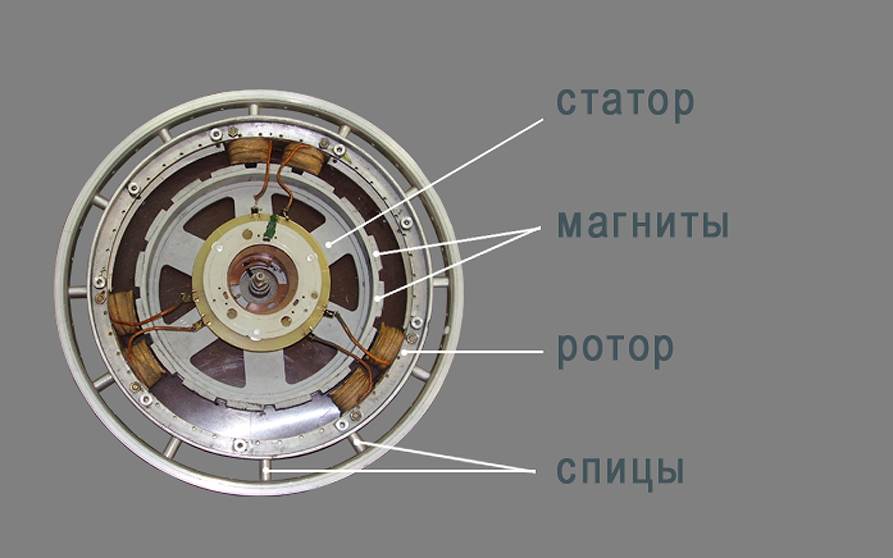
General diagram of a linear motor by Vasily Shkondin
The key elements of the Shkondin engine are the external rotor and stator. Moreover, the stator has a special design: 11 pairs of neodymium magnets are arranged in a circle, thereby forming 22 poles. The design of the rotor is also noteworthy. Here, 6 horseshoe-shaped electromagnets are installed in pairs and offset to each other by 120°. There is the same distance between the poles of the electromagnets on the rotor and the magnets on the stator. Changing the position of the poles of the magnets relative to each other leads to the creation of a gradient of magnetic field strength. Torque is generated.The neodymium magnet in the perpetual motion machine based on the design of the Shkodin project is of key importance. When an electromagnet passes through the axes of neodymium magnets, a magnetic pole is formed. And not just any magnet, but one of the same name in relation to the pole that was overcome and opposite to the pole of the next magnet. It turns out that an electromagnet always repels from the previous magnet and is attracted to the next one. Such influences ensure the rotation of the rim. De-energizing the electromagnet when it reaches the magnet axis on the stator is ensured by placing a current collector at this point.
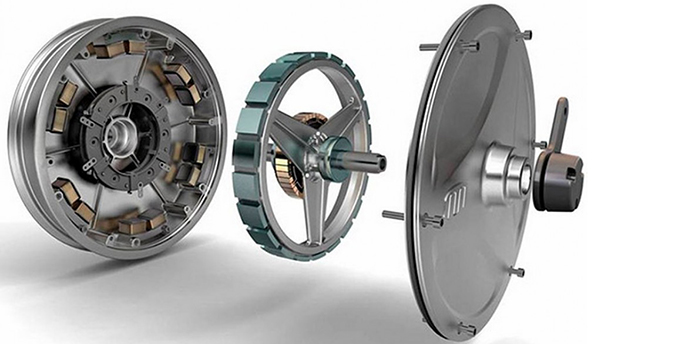
A resident of Pushchino, Vasily Shkondin, invented not a perpetual motion machine, but highly efficient motor-wheels for transport and electricity generators.
The efficiency of the Shkondin engine is 83%. Of course, this is not yet a completely non-volatile perpetual motion machine using neodymium magnets, but it is a convincing step in the right direction. Thanks to the design features of the device, when idling, it is possible to return some of the energy to the batteries (recovery function).
Perpetual motion machine Perendeva
An alternative high quality engine that produces energy exclusively through magnets. The base is a static and dynamic circle on which several magnets are located in the intended order. A self-repulsive force arises between them, due to which the movable circle rotates. Such a perpetual motion machine is considered very profitable to operate.
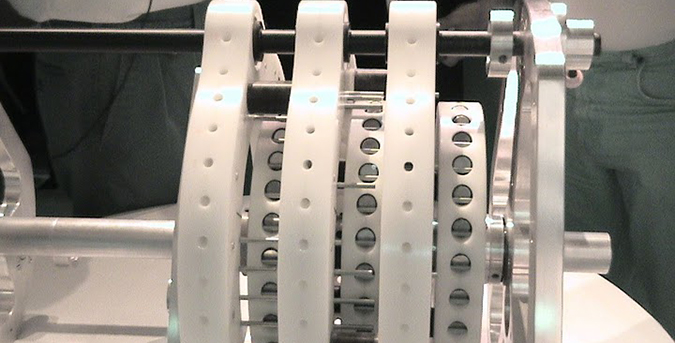
Perpetual magnetic engine Perendeva
There are many other EMDs that are similar in principle of operation and design. All of them are still imperfect, since they are not able to work autonomously for a long time. So the work on creating eternal generators does not stop.
How to make a perpetual motion machine using magnets with your own hands
You will need:
- 3 shafts
- 4″ lucite disc
- 2 Lucite discs with a diameter of 2 inches
- 12 magnets
- Aluminum bar
The shafts are firmly connected to each other. Moreover, one lies horizontally, and the other two are located along the edges. A large disk is attached to the central shaft. The rest join the side ones. The disks have
neodymium magnets – 8 in the middle and 4 on the sides. An aluminum block serves as the base for the structure. It also provides device acceleration.
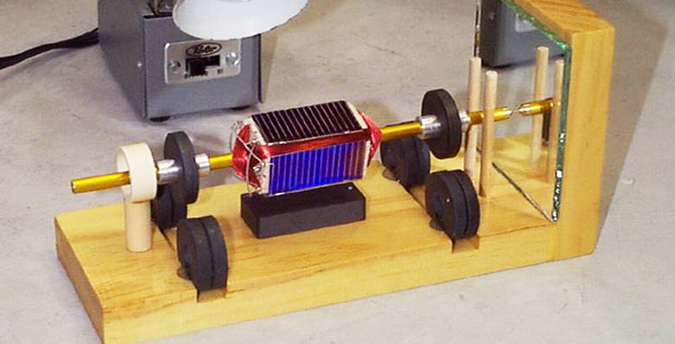
Disadvantages of EMD
Caution should be exercised when planning to use such generators. The fact is that constant proximity to a magnetic field leads to a deterioration in well-being. In addition, for the device to function properly, it is necessary to provide it with special operating conditions. For example, protect from external factors. The final cost of finished structures is high, and the generated energy is too small. Therefore, the benefits of using such structures are questionable.
The notion of perpetual motion machines fueled by magnets has captivated inventors and enthusiasts for generations. While the quest for such machines persists, it’s crucial to maintain a critical perspective on the feasibility and practicality of these endeavors.
The array of developments presented, from Reidar Finsrud’s creation to various iterations by renowned scientists like Nikola Tesla, demonstrates the enduring allure of harnessing magnetic forces for perpetual motion. However, despite numerous patents and experiments, achieving perpetual motion remains elusive due to fundamental principles of physics, notably the law of conservation of energy.
Theoretical considerations aside, some projects showcase innovative designs and engineering feats. For instance, the Lorenz engine illustrates a relatively simple yet intriguing concept, while inventions like Testatika and the Sweet Floyd Vacuum Triode Amplifier offer unique approaches to utilizing magnetic fields for energy generation.
Similarly, projects such as Lazarev’s rotary ring and Shkondin’s wheel motor highlight practical applications of magnetic principles, albeit not achieving perpetual motion in its truest sense. These designs underscore the ingenuity of individuals striving to leverage magnetic forces for sustainable energy solutions.
However, challenges persist, including the limited lifespan of magnets, practical complexities in construction, and the need for optimal operating conditions. Moreover, concerns about health risks and the cost-effectiveness of these technologies warrant careful consideration.
In essence, while the pursuit of perpetual motion machines with magnets is fascinating and showcases human ingenuity, it’s essential to temper enthusiasm with a realistic understanding of the scientific principles and practical limitations involved. Continuous experimentation and innovation are vital for advancing our understanding and potentially harnessing magnetic forces for sustainable energy solutions in the future.

